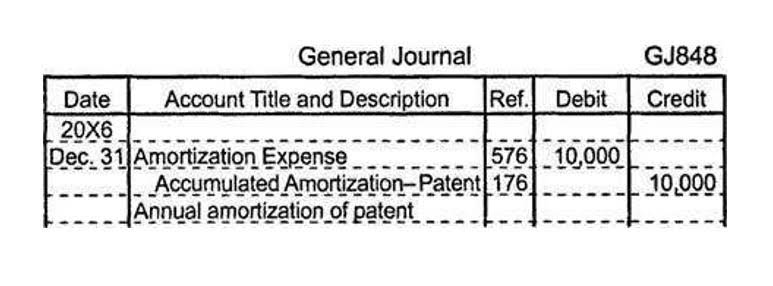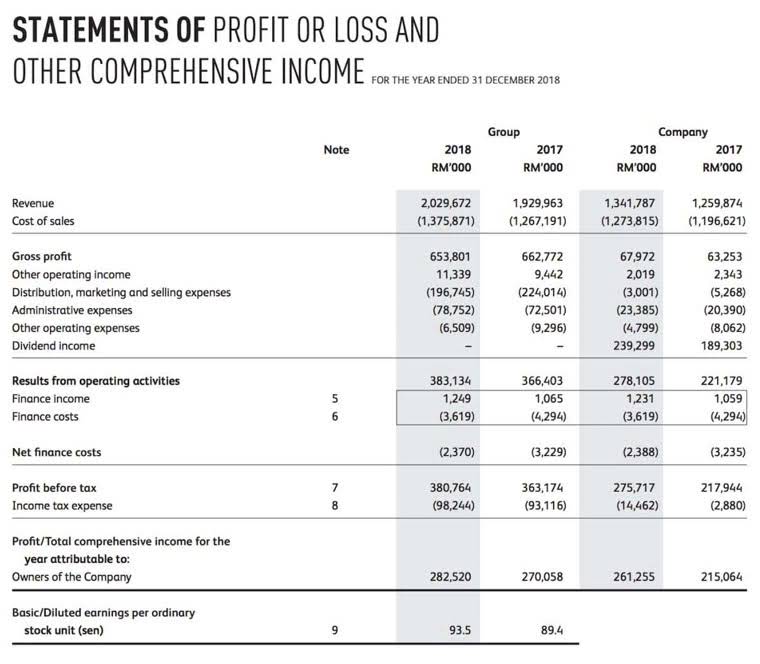
Through investing activities, businesses aim to generate returns and enhance capital efficiency. The cash used for these investments often comes from operations or financing, and understanding these activities can provide insight into the company’s strategic direction and health. Monitoring these activities can assist investors in making informed decisions regarding the sustainability and future prospects of a business. In a nutshell, we can say that cash flow from investing activities reports the purchase and sale of long-term investments, property, plants, and equipment. Investing activities refer to the acquisition and disposal of long-term assets and other investments that are not classified as cash equivalents. These transactions may involve real estate, machinery, stocks, bonds, or any other asset that is expected to provide future economic benefits.
- They should always be seen in conjunction with other statements and management discussion & analysis.
- Long-term productive assets (also known as non-current assets or fixed assets) are purchased to be kept and used in business for a long period of time.
- Along with this, it purchased $5 billion in investments and spent $1 billion on acquisitions.
- Investing activities refer to a variety of transactions that involve the allocation of resources, typically money, with the expectation of generating a return or profit over time.
What Are Investing Activities? How to Report Investment Activities on the Cash Flow Statement
The company also strategically bought franchises and spent $4.3 million in 2012 doing so. Sometimes it may sell restaurant equipment that is outdated or unused, which then brings in cash instead of being an outflow like other CapEx. Investing activities aren’t just about numbers on a screen; they represent opportunities for investing activities your future. With the right approach, you can unlock the full potential of your financial resources and create a life of abundance and financial independence. Embrace the journey, and let your investing activities pave the way to a brighter financial future. Market conditions can change, and it’s essential to review your investments periodically to ensure they align with your financial objectives and risk tolerance.

Real Estate Investments

Why these items should not be added under the investing sections of your cash flow statement is because they are added under other sections of your cash flow statement. Hence, adding them again under your investing section will lead to either understatement or an overstatement of your cash flow. Both of these will reduce the accuracy of your financial KPIs, as well as your efforts towards optimizing them HVAC Bookkeeping or improving them. Now let us have a look at a few more sophisticated cash flow statements for companies that are listed entities on NYSE. The cash flow statement reports the amount of cash and cash equivalents leaving and entering a company. It’s crucial to analyze these interconnected financial statements to derive sound investment decisions.
- It is just an illustration, not a complete list of all cash inflows and outflows that may result from the investing activities of a company.
- Investing activities refer to the purchase and sale of long-term assets and other investments that are not classified as cash equivalents.
- Investors used to look into the income statement and balance sheet for clues about the company's situation.
- Moreover, investing activities can provide a source of passive income, enabling investors to earn money while focusing on other priorities.
- With the right approach, you can unlock the full potential of your financial resources and create a life of abundance and financial independence.
Mergers and Acquisitions (M&A)
Understanding these distinctions allows investors to appraise the overall health of the business and its capacity to sustain and enhance financial performance over time. Moreover, investing activities can provide a source of passive income, enabling investors to earn money while focusing on other priorities. By engaging actively in investments, individuals can also enjoy capital appreciation, where the value of assets increases over time, leading to higher returns upon selling. Investing activities Accounting Periods and Methods refer to a variety of transactions that involve the allocation of resources, typically money, with the expectation of generating a return or profit over time. These activities are guided by the principle of investing in ventures, assets, or securities that have the potential to enhance the value of your financial portfolio.
- Understanding these transactions helps stakeholders assess the company’s long-term strategic planning and its ability to generate growth over time.
- The net cash flows generated from investing activities were $3.71 billion for the twelve months ending Sept. 30, 2023.
- An increase in the balance of a long-term asset indicates that the company has acquired or constructed the asset during the period.
- Every investment decision should align with the intended risk tolerance, financial objectives, and time horizon.
- Companies typically engage in various types of investments which can be broadly classified into tangible and intangible assets.

For the year, the company spent $30 billion on capital expenditures, of which the majority were fixed assets. Along with this, it purchased $5 billion in investments and spent $1 billion on acquisitions. The company also realized a positive inflow of $3 billion from the sale of investments. To calculate the cash flow from investing activities, the sum of these items would be added together, to arrive at the annual figure of -$33 billion. In contrast, cash flow from investing activities are those that arise due to the business transactions in cash for your business’s long-term investments in long-term assets.
